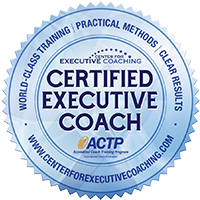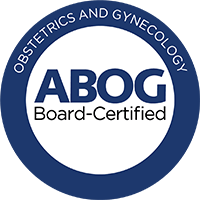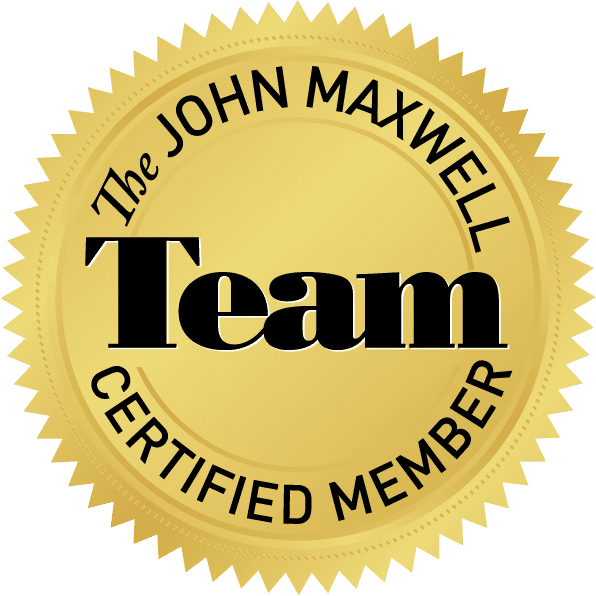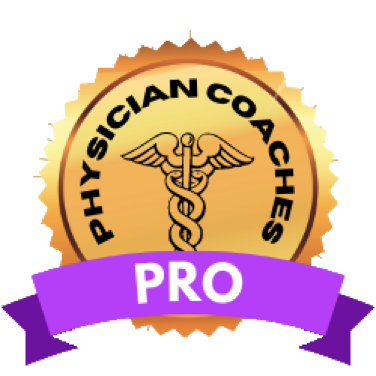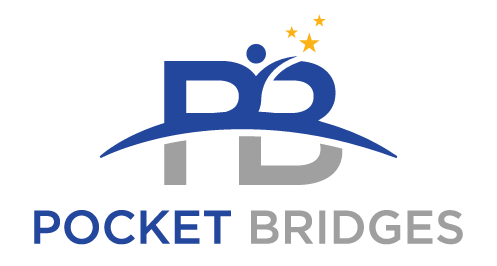About Rachel
About Rachel
Why I started Pocket Bridges
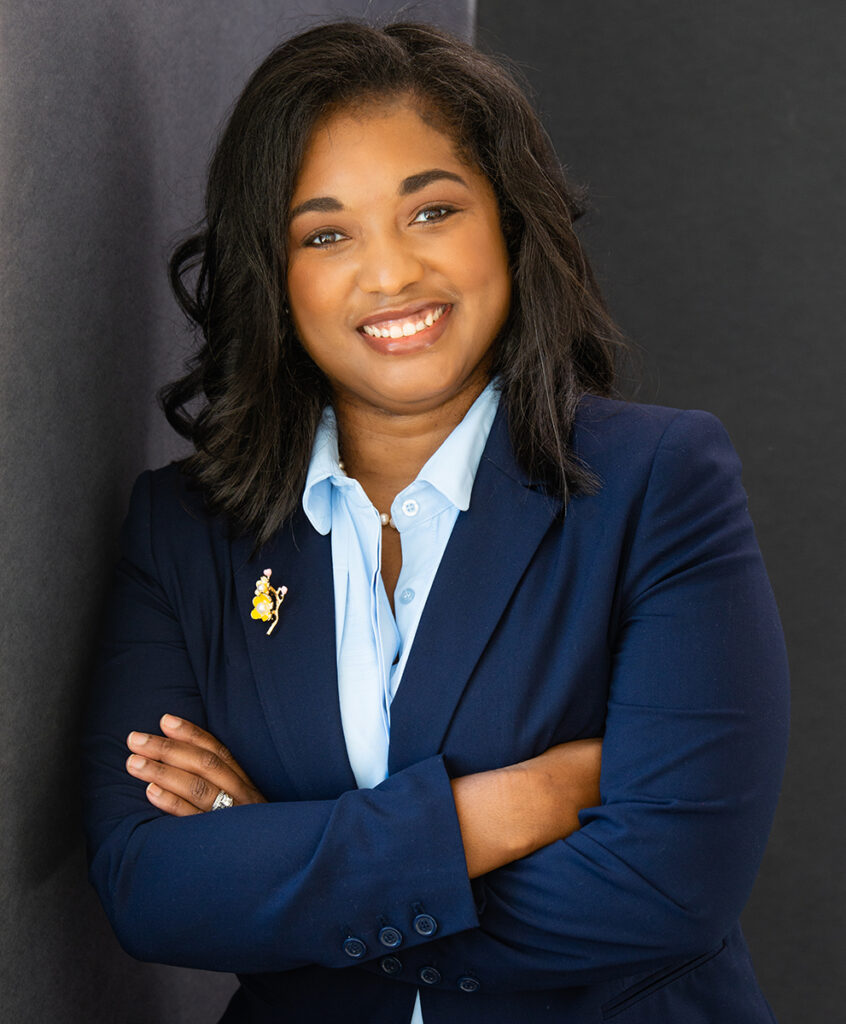
Education And Physician Background
I graduated medical school from East Carolina University in Greenville, North Carolina.
After completing my Obstetrics and Gynecology Residency at Vidant Medical Center in 2009, I became a physician and have been practicing Obstetrics and Gynecology since.
I soon became Board Certified in Ob/GYN by the American Board of Obstetrics and Gynecology, and later became a certified and well-experienced robotics surgeon.
I enjoy taking care of women throughout the course of their life.
Taking care of women through the most precious times of their life is both an honor and privilege.
I am thankful for those who allow me to care for them. I am humbled!
Leadership
Healthcare is my passion and an area that I continually look to add value to, and over the last ten years, I have continued working as a physician.
Shortly after joining my first practice post-residency, I became deeply involved in leadership roles related to the practice and the business side of the practice.
After five years of various leadership roles, I became lead physician and chair of our hospital’s women’s service line.
The Common Problem In Healthcare Leadership
As my new leadership position was announced, one of my peer physicians joked that I was going to the dark side.
While this was meant to be a joke, little did I know that it would be planting seeds for Pocket Bridges.
Over the next year of leading a team, I realized three crucial facts:
- Most providers feel like administration is out of touch and does not understand their unique environment.
- Most administrative leaders struggle to build a connection with providers for various reasons.
- This disconnect is pervasive and across many healthcare institutions. It is holding effective collaboration back, and most leaders are not even aware of it.
Highly effective healthcare organizations have administrative leaders who are trusted and understood by their peers and providers alike.
When trust and understanding are broken, friction builds, and this leads to unengaged, unmotivated physicians.
The end results are problems with patient satisfaction and high employee turnover.
Pocket Bridges
I started working with an executive coach as soon as I got into my first leadership position.
I cannot emphasize how much this has helped me.
We uncovered so many mistakes I was making in my communication; we worked on my emotional intelligence, management skills, and the list goes on.
I felt much more connected to my team of physicians than I ever did, and my team has been a lot more enthusiastic about work since. This is reflected in our results, as well.
However, I saw that many of my peer leaders who don’t have experience in medicine have trouble connecting with physicians, even those who took part in executive coaching.
Some of them asked me for help as they knew I had experience in both working as a physician and leading physicians.
Whenever time allowed me to, I tried to help my peers bridge the gap between leaders and physicians.
This was when I realized I should be helping more people with this.
I thought to myself:
What if I combined executive coaching with my medicine experience?
I can help healthcare executives become better leaders, not just by increasing their leadership skills but also by giving them my unique perspective!
This is how “Pocket Bridges” was born.
I hope to be your leadership advisor and coach that you have in your back pocket to help “bridge” the gap between medicine and administration.
Dr. Rachel Miller

Certified By:
